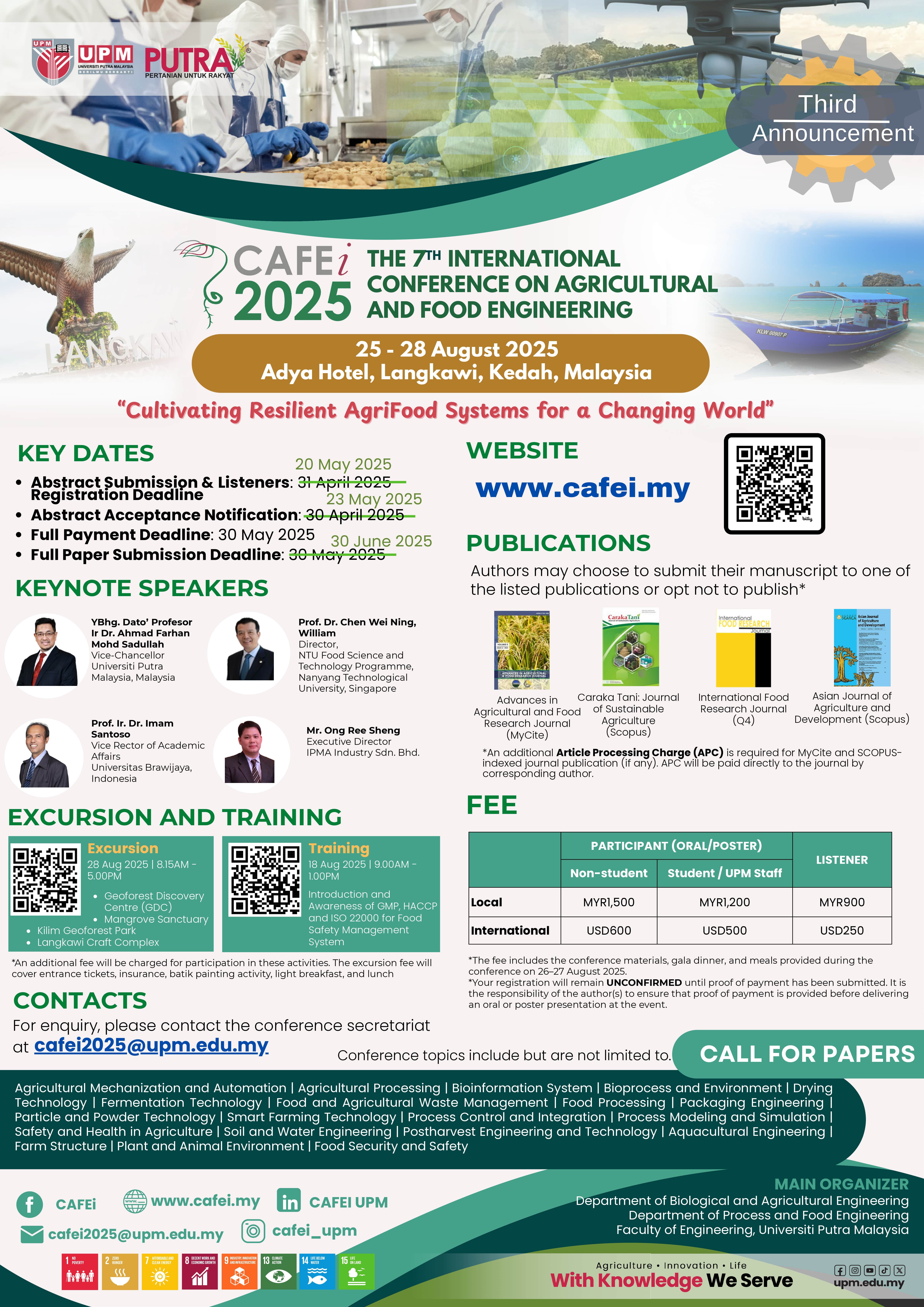Implementing Constructed Nature Based System Solution as an Alternative for Water Treatment
DOI:
https://doi.org/10.36877/aafrj.a0000263Abstract
Industrial wastes had contributed to environment pollution. In particular, wastewater had been increasing in any country around the world, from agricultural sectors to commercial sectors. Wastewater treatment had raised overhead costs on operational and maintenance. Many studies had been done on finding alternatives for wastewater treatment. In general, a variety of wastewater treatment processes are employed which includes primary treatment, secondary treatment and tertiary treatment. In this study, three designed systems of tertiary treatment had been observed to evaluate wastewater quality reduction. A designed system had been selected to identify the treatment efficiency using the same treatment concept of phytoremediation. There are three designs which are the large-scale design, medium-scale design and portable scale design. The differences among the designs are that the first large-scale design uses wastewater sources directed from a sewerage plant, while the second design with medium-scale uses groundwater water with nutrient loads from aquatic species. The third design with portable scale uses a customised aquarium method with conventional filtration. From the study, it was found that different solution design systems could perform treatments for different wastewater characteristics. The average range of treatment had been seen to reduce contaminated water quality between 10 to 60% on differences in water quality parameters. This identified that the constructed nature-based system (NBS) could possibly be performed as one of the wastewater treatments. Further study could be done for any sources of wastewater in future as an added value to the improvised existing design to improve surface water quality.
Downloads
Published
How to Cite
Issue
Section
License
Copyright (c) 2022 Mr. Muhammad Huzaifah Wahap, Noor Azme Omar, Zubaidi Johar

This work is licensed under a Creative Commons Attribution-NonCommercial 4.0 International License.
Author(s) shall retain the copyright of their work and grant the Journal/Publisher right for the first publication with the work simultaneously licensed under:
Creative Commons Attribution-NonCommercial 4.0 International (CC BY-NC 4.0). This license allows for the copying, distribution and transmission of the work, provided the correct attribution of the original creator is stated. Adaptation and remixing are also permitted.

This broad license intends to facilitate free access to, as well as the unrestricted reuse of, original works of all types for non-commercial purposes.
The author(s) permits HH Publisher to publish this article that has not been submitted elsewhere.

.png)

.jpg)



